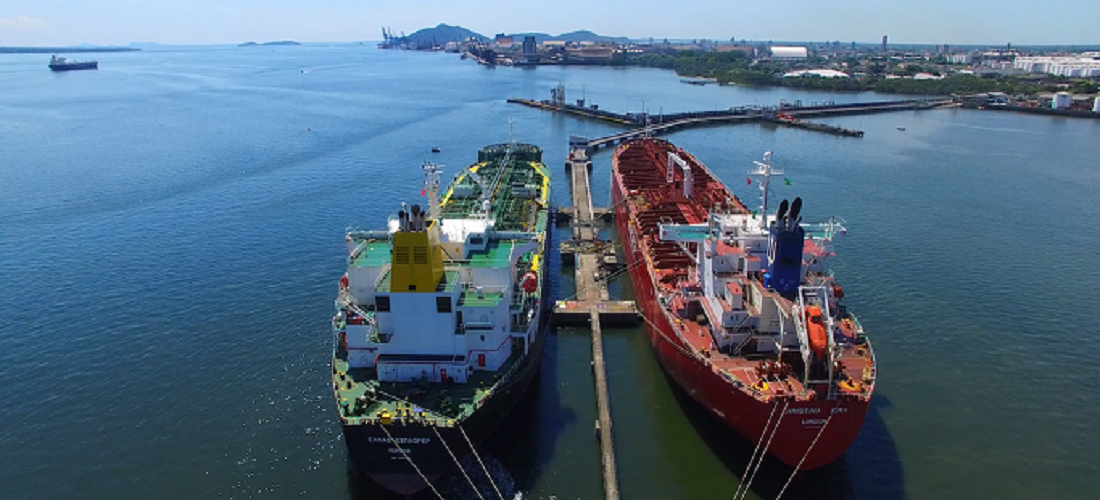
Cattalini to receive vessels up to 70,000 DWT at Port of Paranaguá
Feb, 01, 2021 Posted by Ruth HollardWeek 202105
Cattalini Terminais Marítimos, installed in the Port of Paranaguá (PR), expanded its operational capacity to receive ships of up to 70 thousand DWT and 229 meters LOA in the external berth of its private pier. The previous capacity of the external berth was for ships up to 60,000 DWT.
To do this, the company (which only handles liquid bulk) invested in infrastructure and technology works. One is the implementation of a monitoring system for docking laser ships, unprecedented in the Port of Paranaguá, which reads data during the ship’s approach to the pier. Through a numerical indicator panel, the system notes the speed and the distance of the ship in relation to the berth, allowing the vessel pilots and tugboat pilots to perform maneuvers safely and quickly.
In addition to the panel, traffic lights with green, yellow, and red indicator lights were installed that show the speed limits for mooring. The company also invested in the pier’s infrastructure with the installation of new dolphins and fenders to receive ships with greater cargo potential.
Technology
Operational improvements at the Cattalini pier were also achieved through new technologies for monitoring environmental and meteorological conditions such as the Sismo – Hidromares Platform. The system provides real-time data on the speed and direction of sea currents and winds.
A tide gauge approved by CHM, the Navy hydrography center, was also installed to monitor tide levels and behavior.
According to Lucas Cézar Guzen, Commercial Manager at Cattalini, the data is made available and integrated into the Webpilots system. “Pilotage uses this system, which significantly improves the safety of maneuvers given its high reliability and availability,” he stated.
In addition to this set, the Medusa – Argonáutica Platform was also installed, a modern integrated system of meteorological forecasts for the next 7 days. “With these systems, it became possible to signal in advance any adverse weather conditions, allowing greater safety and efficiency during moorings and maritime operations”, stressed Guzen.
-
Ports and Terminals
Oct, 20, 2022
0
Cargo clearing at Port of Santos starts to catch up to normal pace over eased protest
-
Meat
May, 21, 2024
0
Brazil beef exports increase 80% in April
-
Grains
Mar, 25, 2022
0
Argentine exports reach USD 6,443 million in February
-
Ports and Terminals
Dec, 14, 2023
0
Chinese group promises BRL 9 trillion port on northern Paraíba

